It’s hard to believe we’ve now come to the end of The Beat of Our Hearts. After 12 months, our funding period drew to a close at the end of...
Continue reading...the beat of our hearts
the beat of our hearts
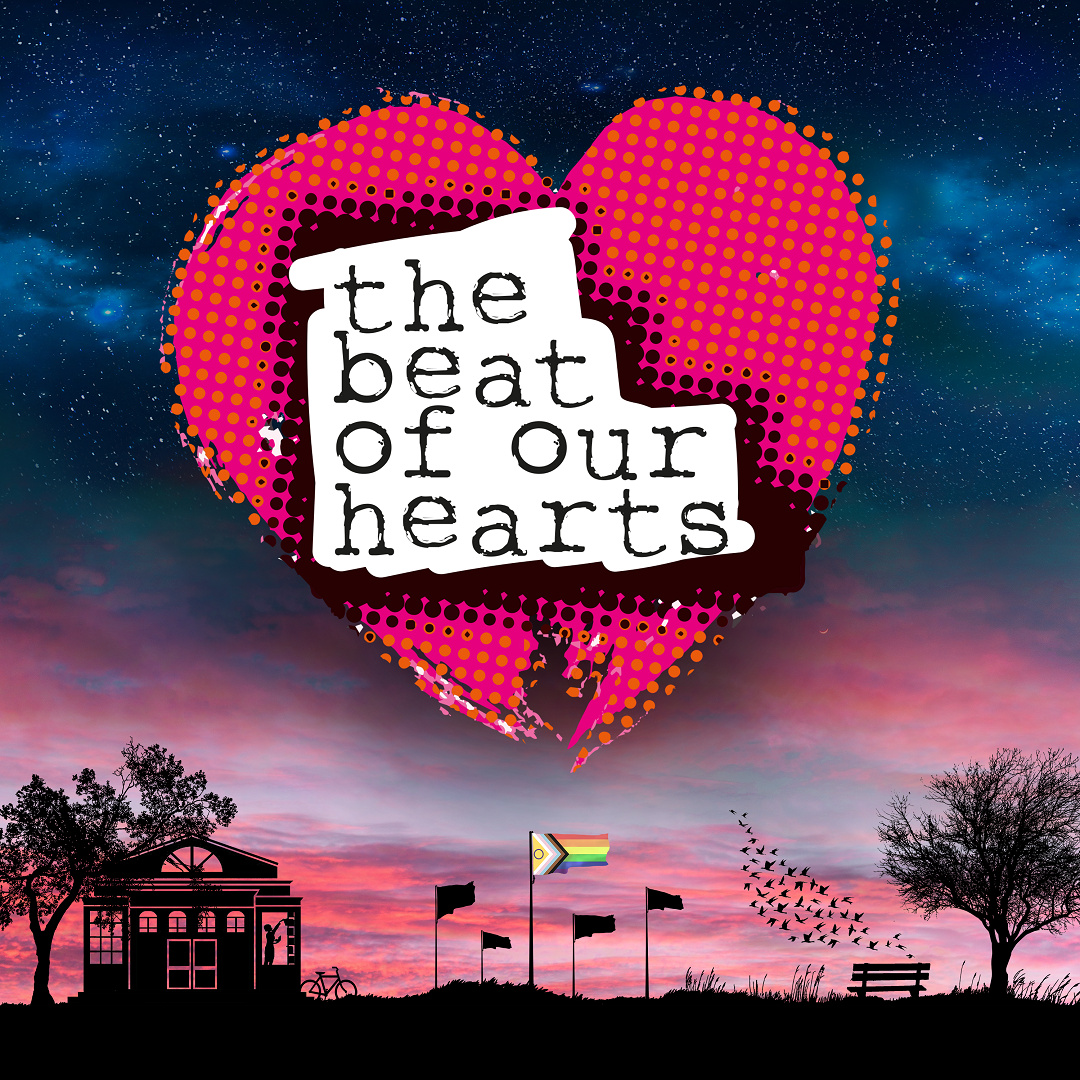
It’s hard to believe we’ve now come to the end of The Beat of Our Hearts. After 12 months, our funding period drew to a close at the end of...
Continue reading...Last week saw the start of LGBT+ History Month 2022 and, as part of our collaborative project, Natalie McGrath’s The Beat of Our Hearts also had its world premiere at the...
Continue reading...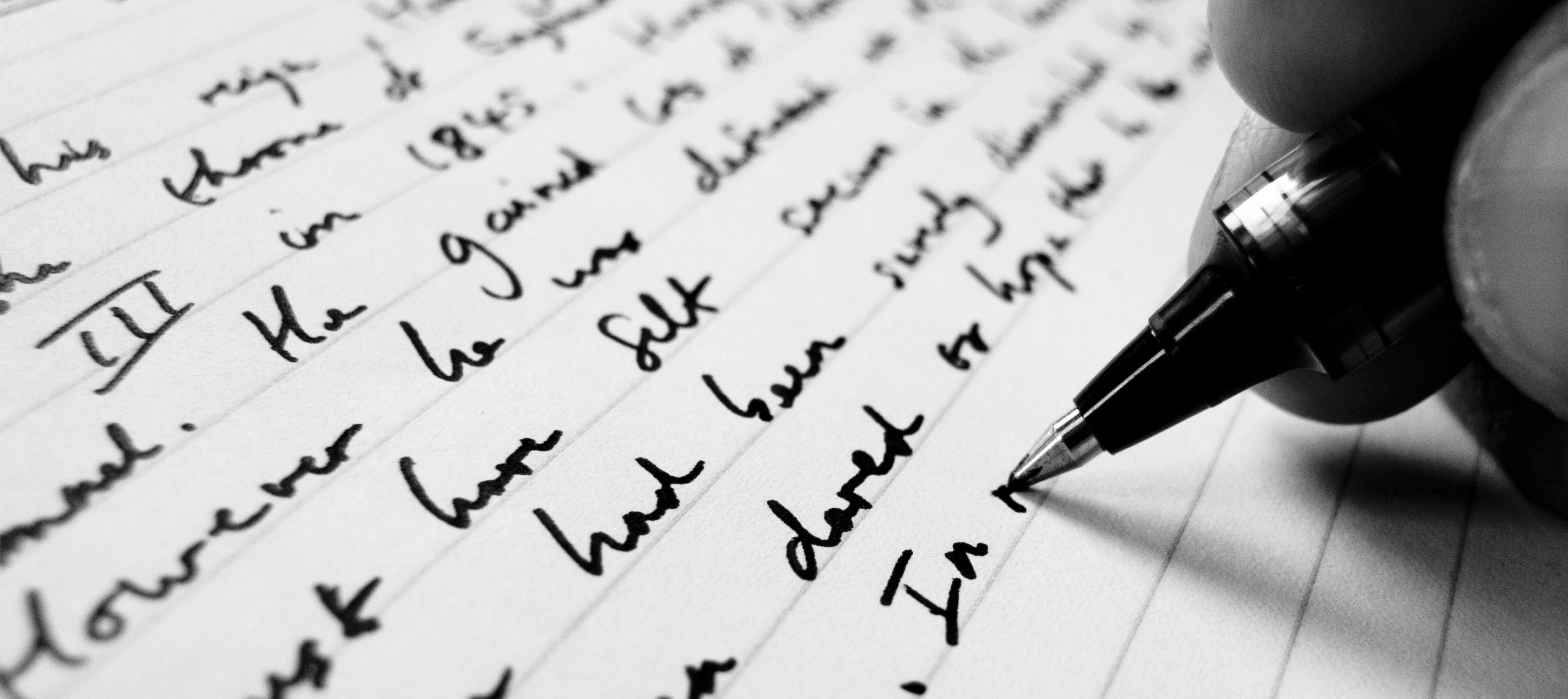
In a second post featuring poetry by one of our workshop participants, Sheena Sen, Sheena gets to the heart of the project by personalising our project title and, indeed, the...
Continue reading...We’re thrilled to announce that tickets are now on sale at Exeter’s Northcott Theatre for our play, The Beat of Our Hearts, a tender and poignant exploration of LGBTQIA+ loneliness and...
Continue reading...After each of the workshops we conducted in the summer and autumn, we invited participants to submit any additional writing or creative work that they felt inspired to do after...
Continue reading...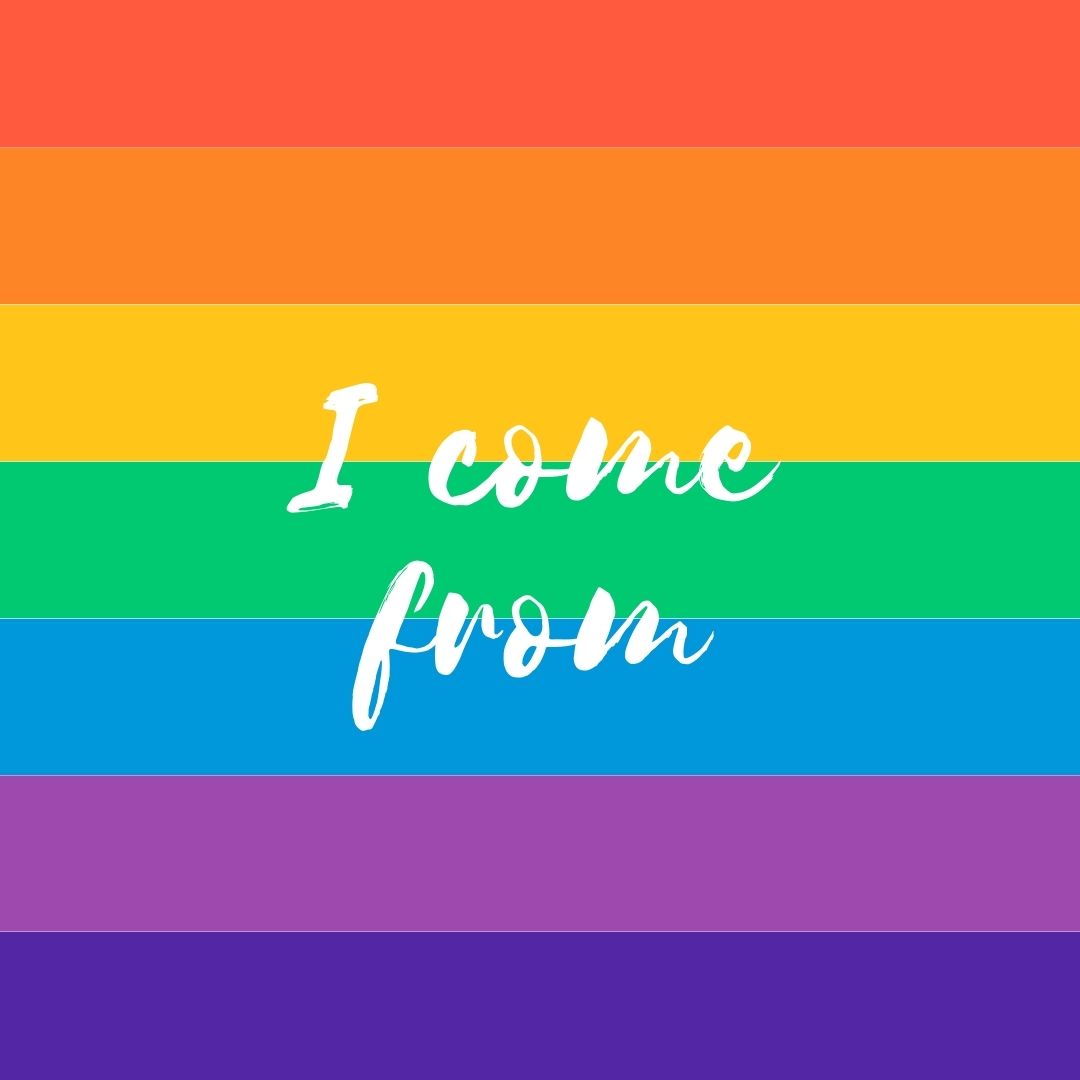
In August we published our young people’s collaborative poem, ‘I come from’, which explored their feelings about belonging, and more broadly, aspects in their lives that have lived with them...
Continue reading...In one of our workshops with young people in the summer we asked participants to bring along an image they had identified or created themselves which somehow illustrated loneliness to...
Continue reading...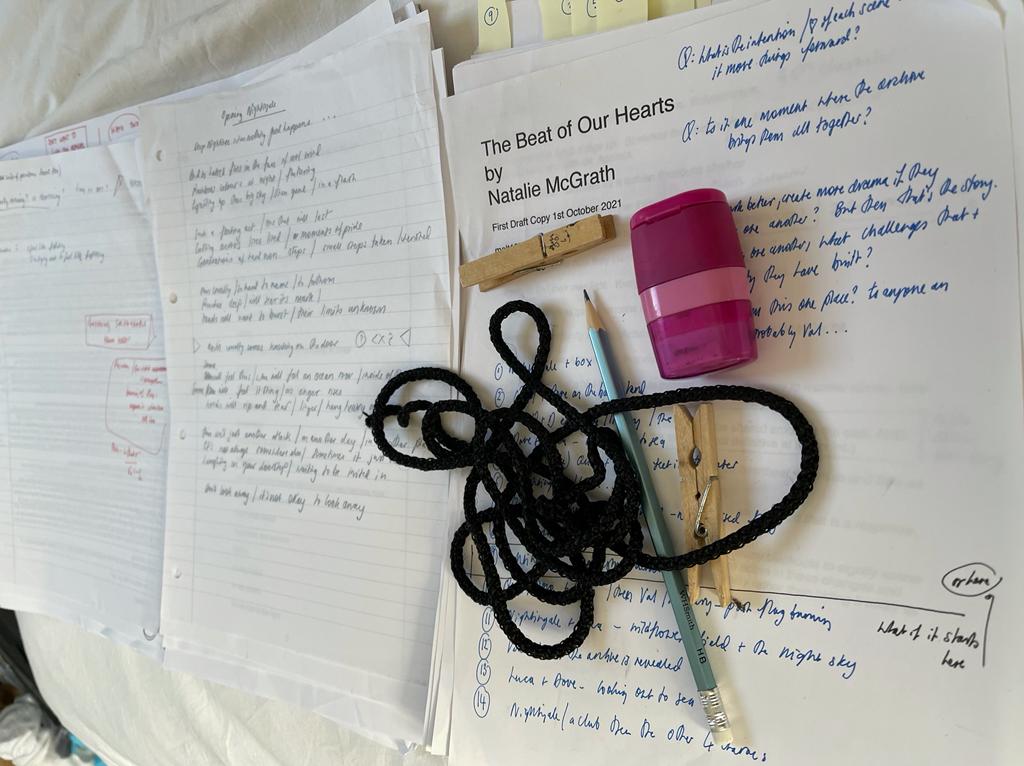
Last week we held a very special online preview performance of scenes from The Beat of Our Hearts, as part of the 2021 Being Human Festival. Our event even made...
Continue reading...For our LGBTQIA+ Loneliness and Belonging Online Performance on Thursday 11th November, as part of the 2021 Being Human Festival, we are delighted to be joined by four fantastic actors....
Continue reading...It might not immediately be apparent how loneliness can be a political experience, but for the young people who participated in our workshops in July, LGBTQIA+ loneliness was thoroughly political....
Continue reading...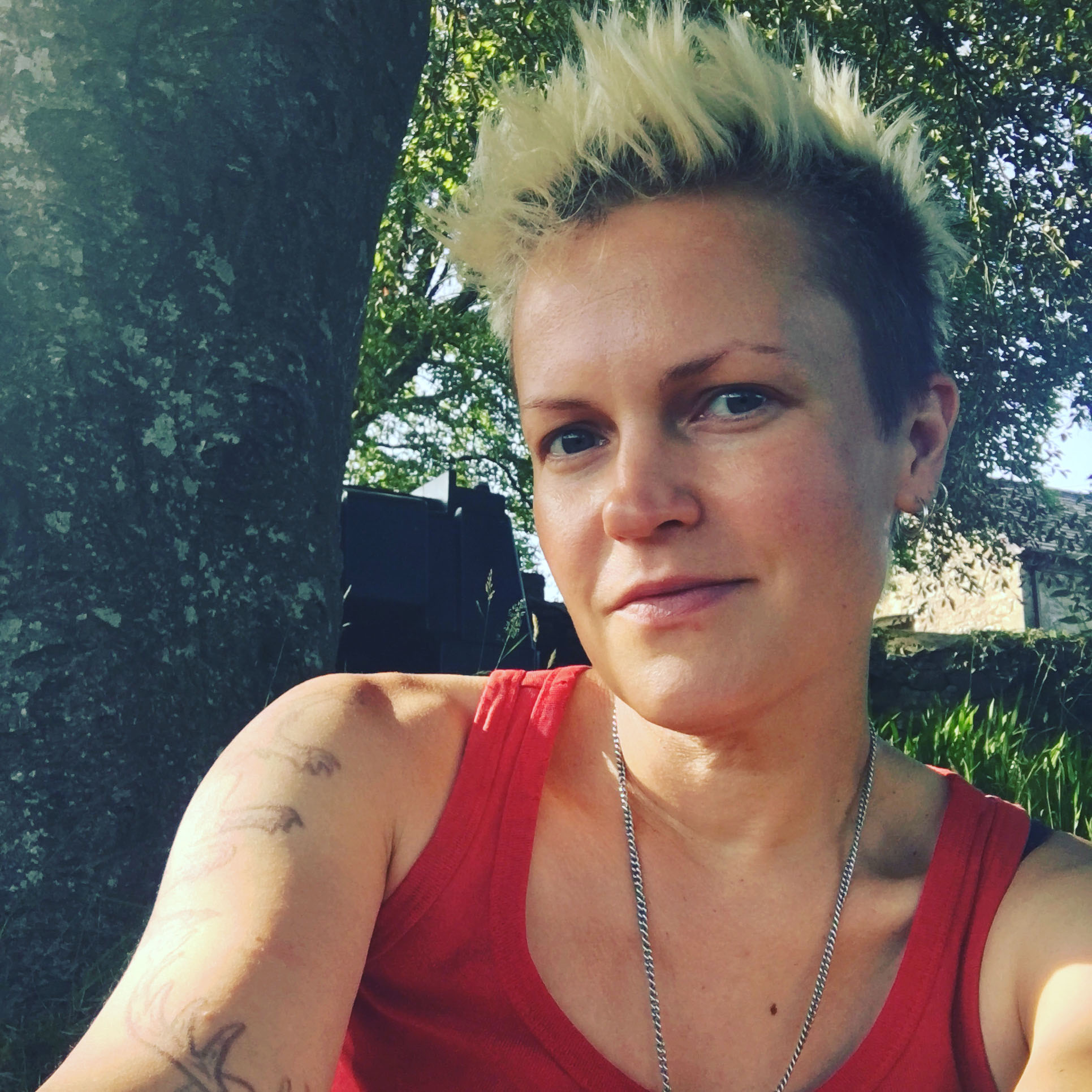
Creativity and the arts are at the heart of our project on LGBTQIA+ loneliness and belonging. In the past as well as today, those who felt like they dwelt on...
Continue reading...
As an experience, loneliness can be frightening to think about. For LGBTQIA+ people especially, speaking about loneliness has the potential to trigger unhappy memories and emotions that strike deep chords...
Continue reading...Hello and welcome, We’re delighted to announce the launch of our blog showcasing our AHRC-funded EDI engagement project, The Beat of Our Hearts: Staging New Histories of LGBTQIA+ Loneliness. The...
Continue reading...